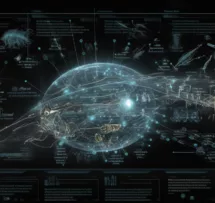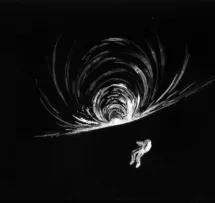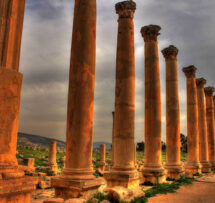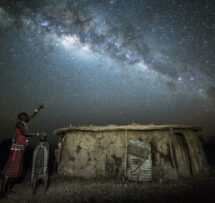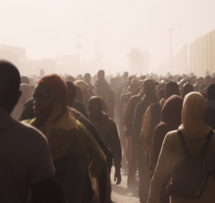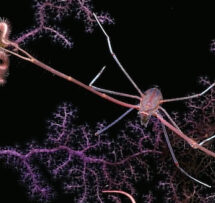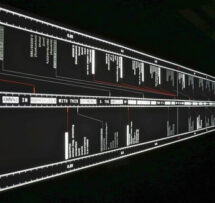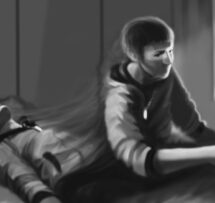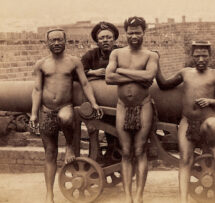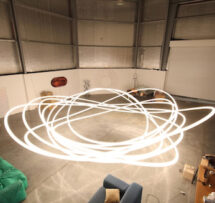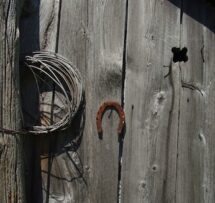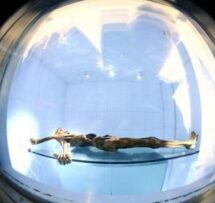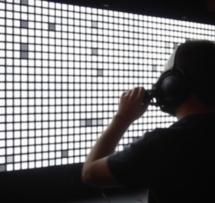The rise and fall of Teotihuacan: America’s first metropolis

How do archaeologists seek to explain the similarities and differences observable in early cities? Why did the earliest cities in pre-Columbian Mexico, such as Teotihuacan, emerge, expand, thrive, and eventually decline? Why did pre-Aztec civilisations build enormous pyramids? What were their religious practices?
The archaeology of early urbanism provides deep historical context for an increasingly urbanized world. Some 2500 years ago, central Mexico became one of the most urbanized parts of the planet, and has remained so to this day. Prior to the Aztecs, the city of Teotihuacan developed as the largest city in the Americas, and one of the largest in the world during the first centuries of the Common Era.
But how did Teotihuacan fall?
David Carballo will provide an overview of archaeological research on the rise and collapse of Teotihuacan by focusing particularly in a southern district of the city, which was inhabited by a lower socioeconomic stratum and provides a perspective on the daily life of commoners as well as the broader processes of urban growth. He will describe hints of urban planning in the extension of the city’s central artery, the Street of the Dead.
Based on his new book Urbanization and Religion in Ancient Central Mexico, he will discuss the religious practices and beliefs of the different civilisations that inhabited Teotihuacan and the role of pre-Aztec pyramids such as the Pyramid of the Sun in Teotihuacan. Many of its secrets will be revealed.
Afterwards, pre-Aztec cocktails and Sofus Forsberg will present his 3rd album FM Volta, released last year. This album is full of diversity with modular synthesizers sounds and a curious exploration of the IDM electronica music of today. FM Volta was released on the Berlin based Mindwaves Music and shows Forsbergs passion for drum machines and modular synthesizers, on which he creates his melodic bliss, rhythmically experimental and extremely beautiful music.

David Carballo
The rise and fall of Teotihuacan: America’s first metropolis
How do archaeologists seek to explain the similarities and differences observable in early cities? Why did the earliest cities in pre-Columbian Mexico, such as Teotihuacan, emerge, expand, thrive, and eventually decline? Why did pre-Aztec civilisations build enormous pyramids? What were their religious practices?
Talk by
David Carballo
Assistant Professor of Archeology at Boston University and Director of Graduate Studies. David Carballo is a specialist in Mesoamerican archaeology, focusing particularly on the prehispanic civilizations of central Mexico. Currently ongoing projects at the ancient city of Teotihuacan include the Proyecto Arqueológico Tlajinga, Teotihuacan and the Proyecto Plaza de las Columnas.

Music by
Sofus Forsberg
Sofus Forsberg is one of the fathers and driving forces behind the nordic electronica movement. Since the late 90's, he has been making electronic music and with his background as a guitar player, he has been exploring many different music styles and worlds. Sofus has spend most of his time playing live, which makes this the right way to experience him in. With relatively few releases, his live shows have made Sofus Forsberg one of the crucial personalities on the danish electronic music scene.


